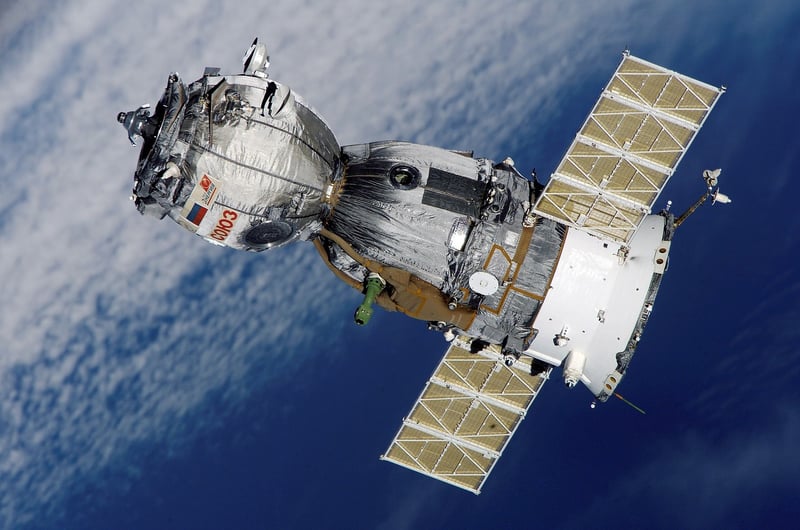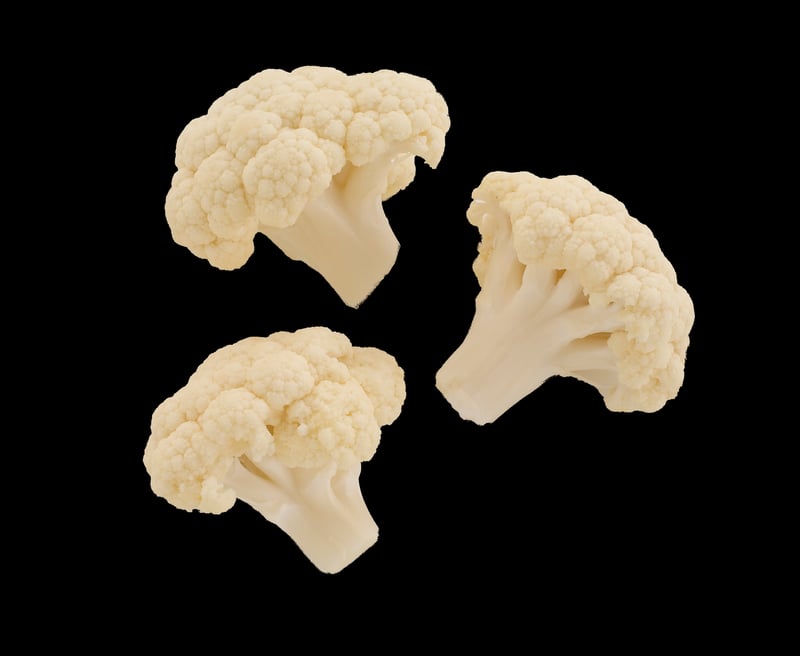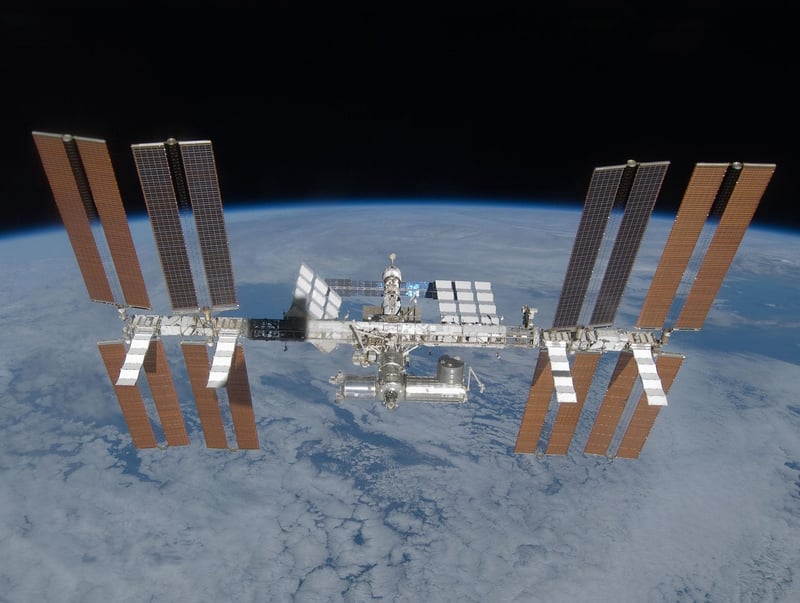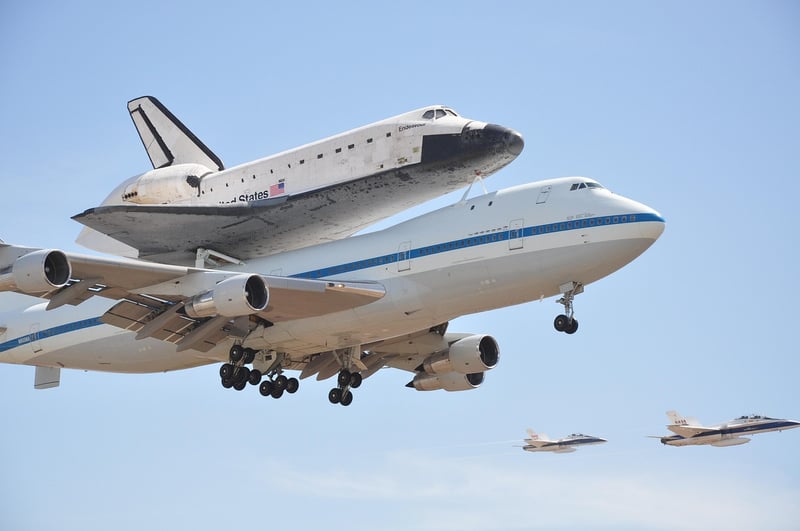Orbital Mechanics
Innovations in Space Exploration and Orbital Mechanics
Space exploration has always fascinated humanity, pushing the boundaries of what is possible and expanding our understanding of the universe. In recent years, significant innovations have revolutionized how we explore space, enabling us to reach further and delve deeper into the cosmos. Let's explore some of the groundbreaking advancements in space exploration and orbital mechanics that are shaping the future of space travel.
1. Ion Propulsion Systems
Ion propulsion systems are a game-changer in space exploration. Unlike traditional chemical propulsion systems, ion thrusters generate thrust by accelerating ions to high speeds using electric fields. This technology allows spacecraft to achieve higher speeds and travel longer distances while consuming less fuel. Ion propulsion systems are being used in various missions, including deep space exploration and satellite positioning.

2. CubeSats
CubeSats are miniature satellites that have opened up new possibilities in space exploration. These small, cube-shaped satellites are cost-effective and can be deployed in large numbers for various missions. CubeSats have been used for Earth observation, technology demonstration, and even interplanetary exploration. Their compact size and modular design make them versatile tools for exploring space.

3. Autonomous Rendezvous and Docking
Autonomous rendezvous and docking technology enables spacecraft to automatically navigate, approach, and dock with other vehicles in space without human intervention. This capability is crucial for missions involving multiple spacecraft, such as resupply missions to the International Space Station. Autonomous rendezvous and docking systems rely on advanced sensors, algorithms, and precise orbital mechanics calculations to ensure safe and accurate docking.

4. Electric Propulsion
Electric propulsion systems use electric power to accelerate propellant and generate thrust, offering higher efficiency and lower fuel consumption compared to traditional chemical engines. These systems are ideal for long-duration missions, such as deep space exploration and station-keeping for satellites. Electric propulsion is transforming how spacecraft maneuver in space, enabling precise orbital adjustments and extended mission lifetimes.

5. Interplanetary Trajectory Optimization
Interplanetary trajectory optimization involves designing efficient paths for spacecraft to travel between planets while minimizing fuel consumption and travel time. Advanced orbital mechanics calculations are used to plan complex maneuvers, such as gravity assists and deep space rendezvous, to optimize interplanetary trajectories. These optimizations are essential for reaching distant destinations, such as Mars and beyond, with limited resources.

These innovations in space exploration and orbital mechanics are driving the next generation of space missions, opening up new frontiers and expanding our knowledge of the cosmos. As technology continues to advance, we can expect even more exciting developments that will shape the future of space exploration.
